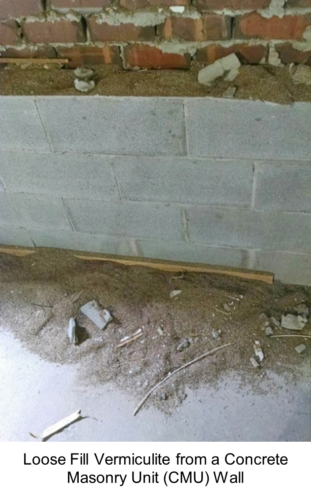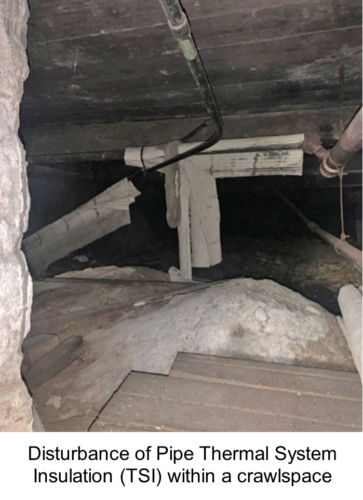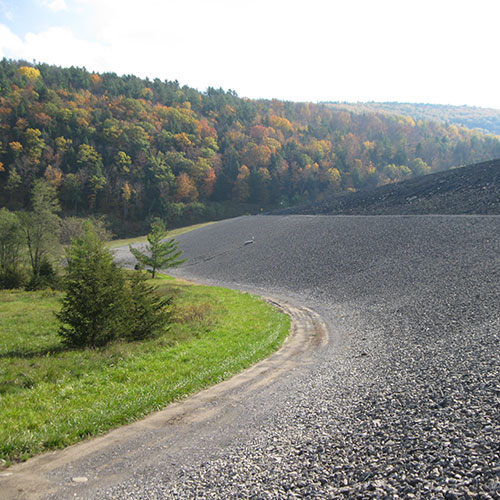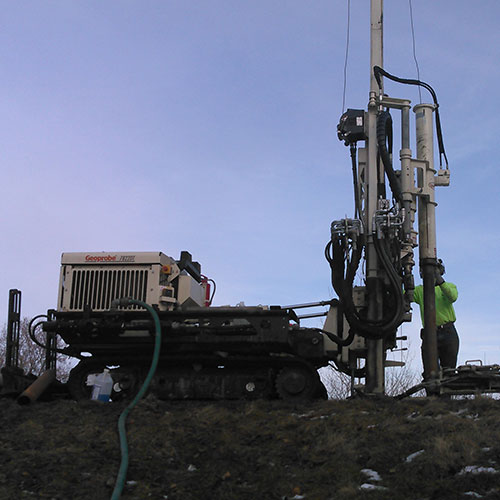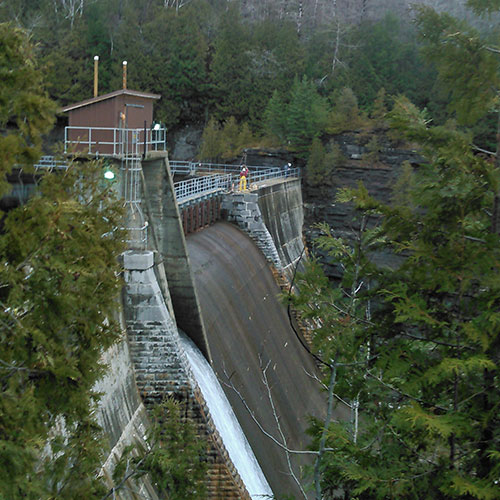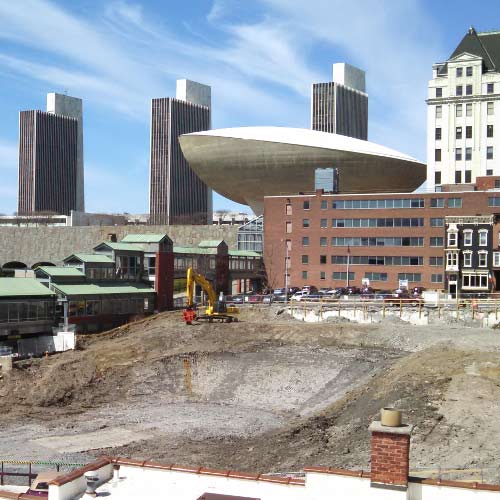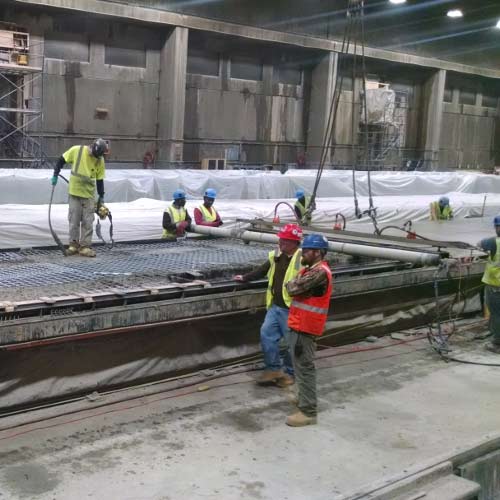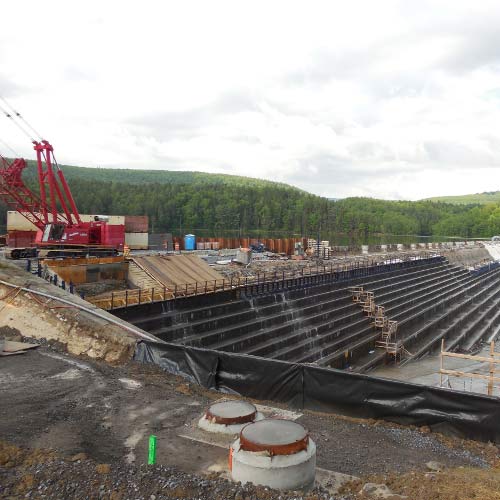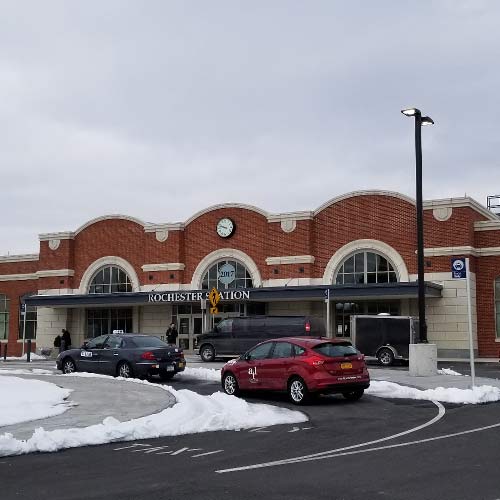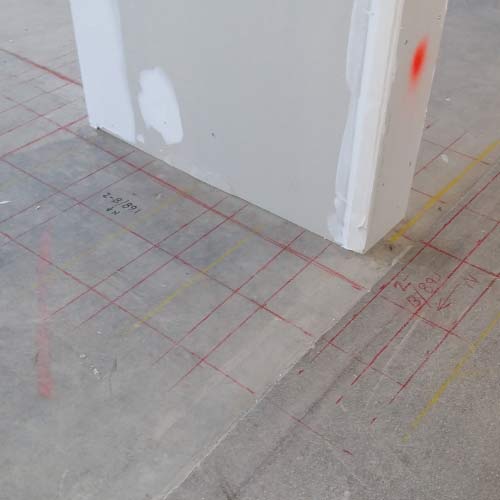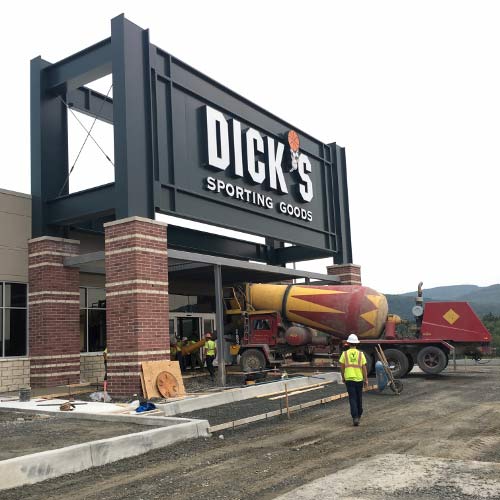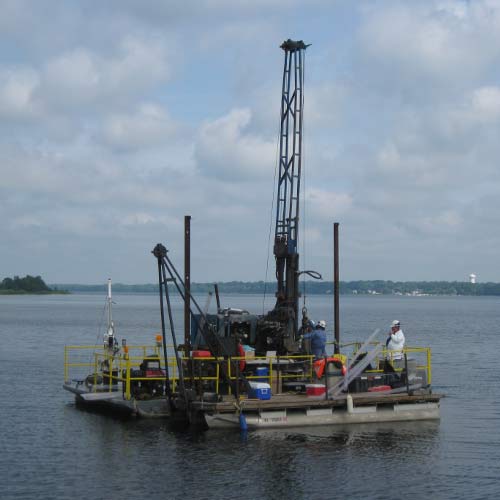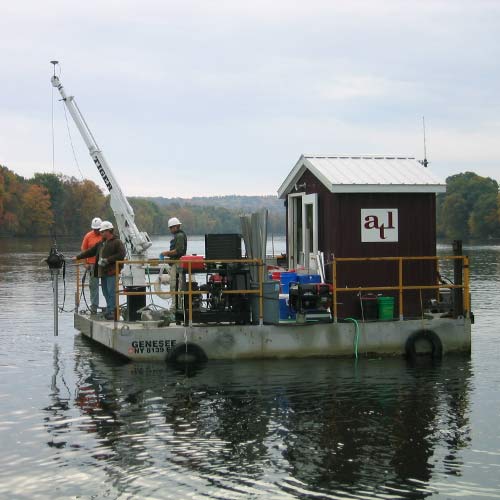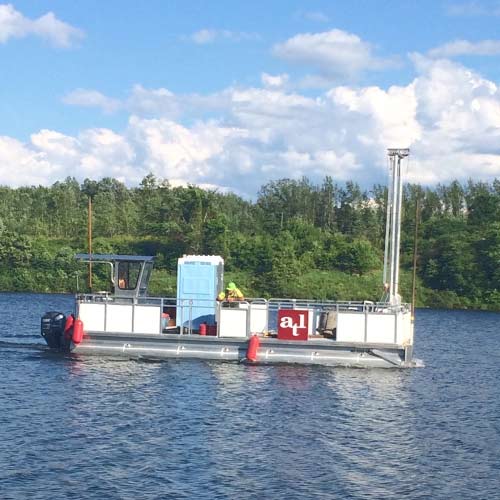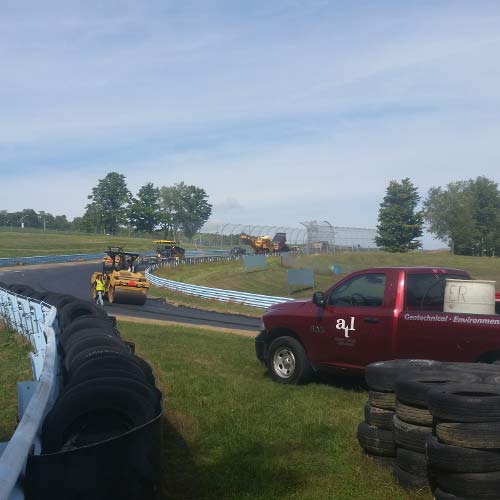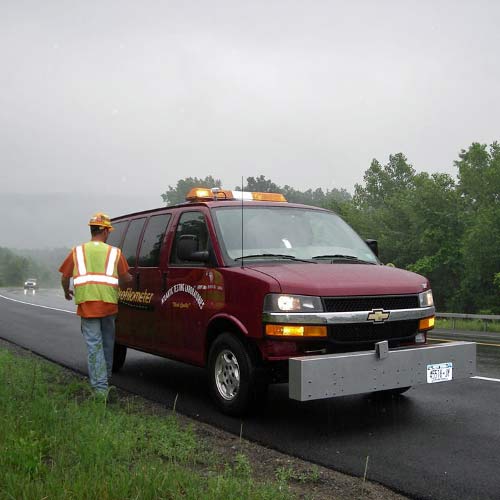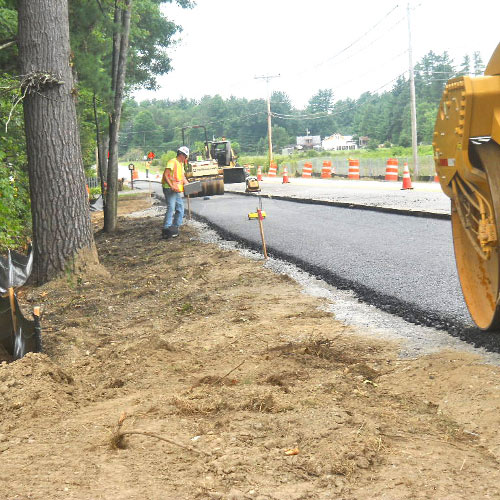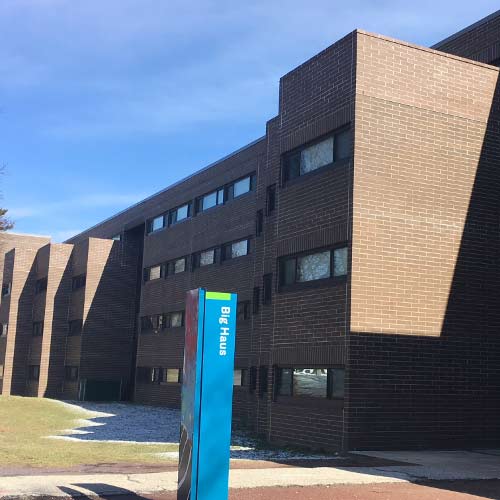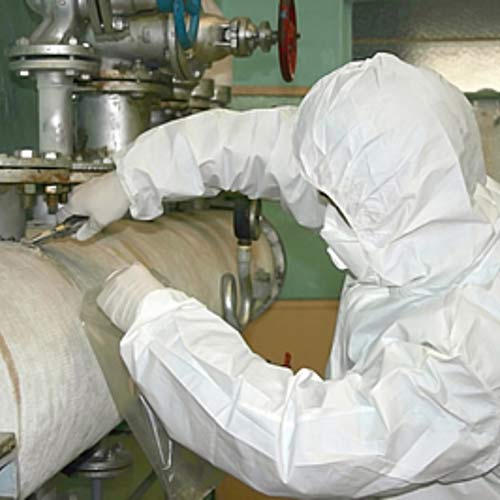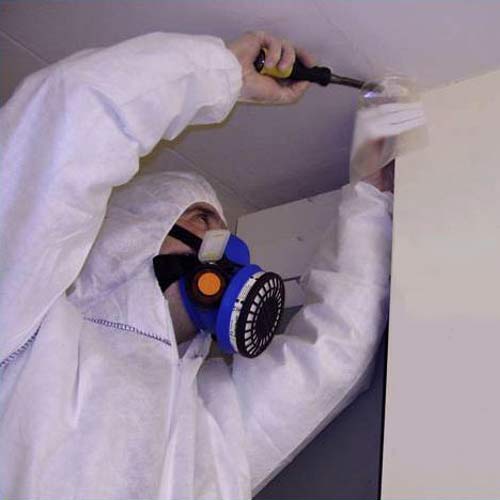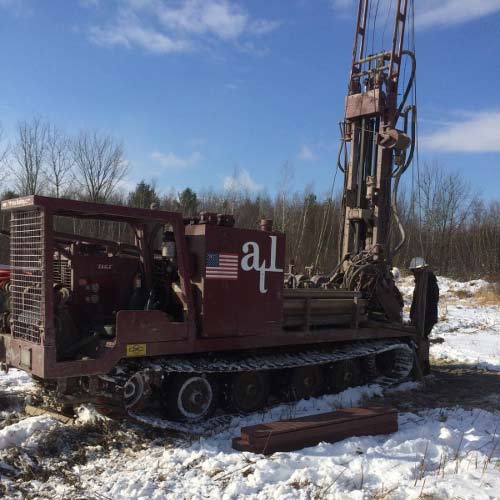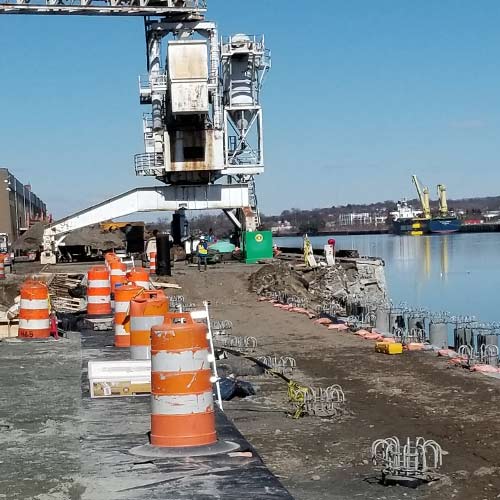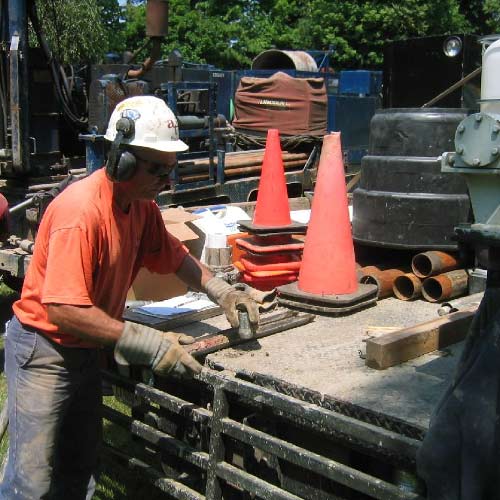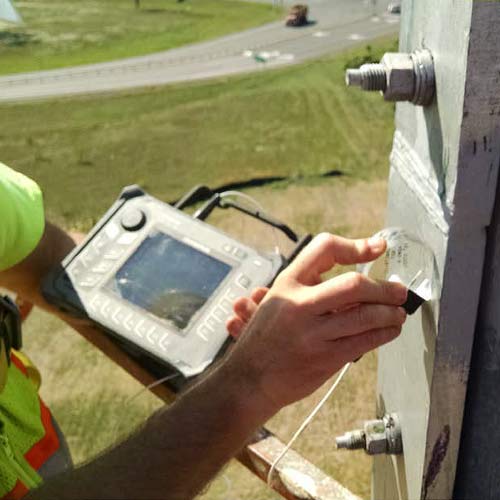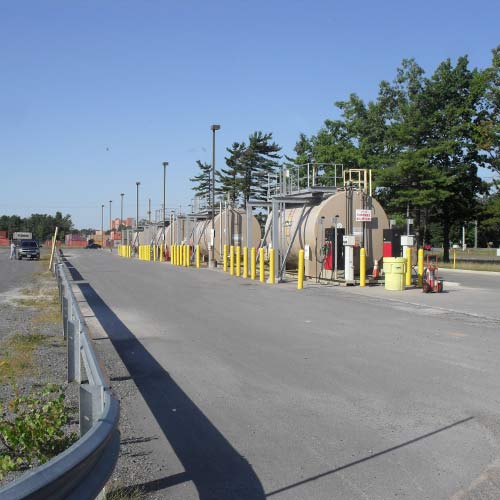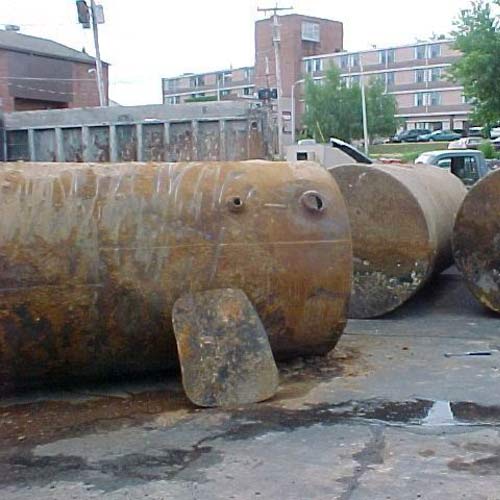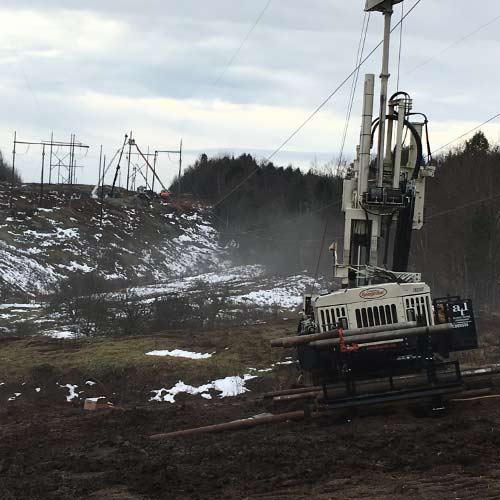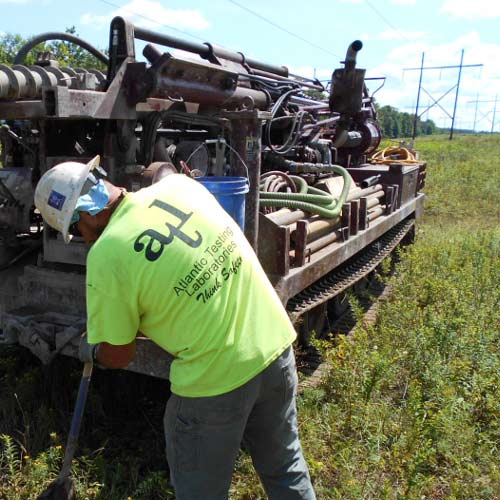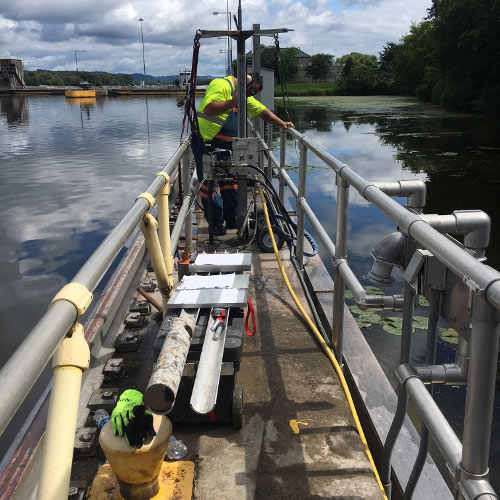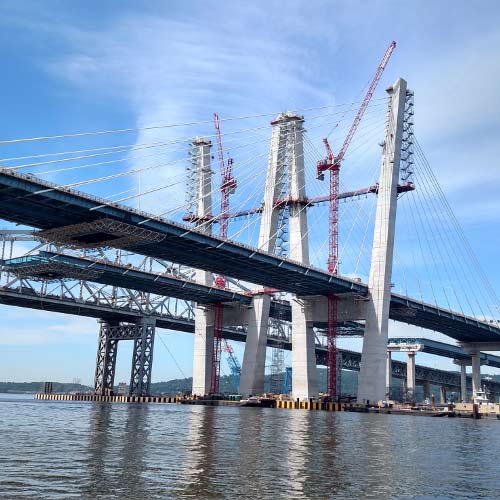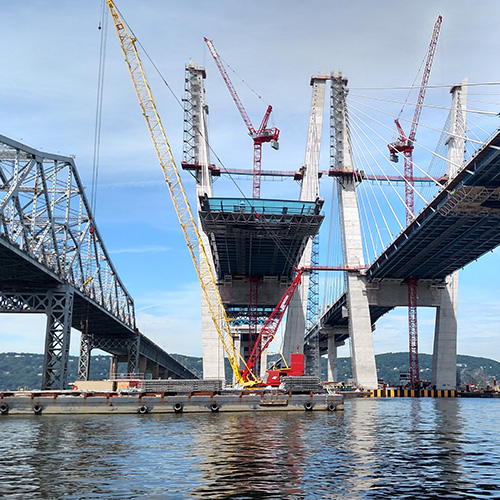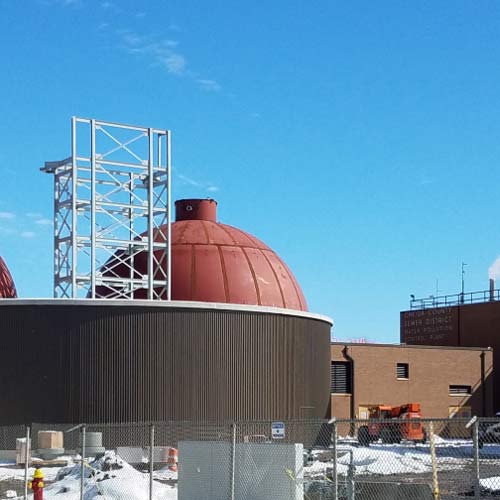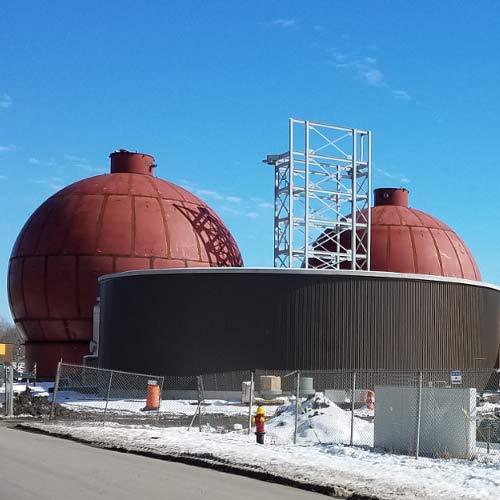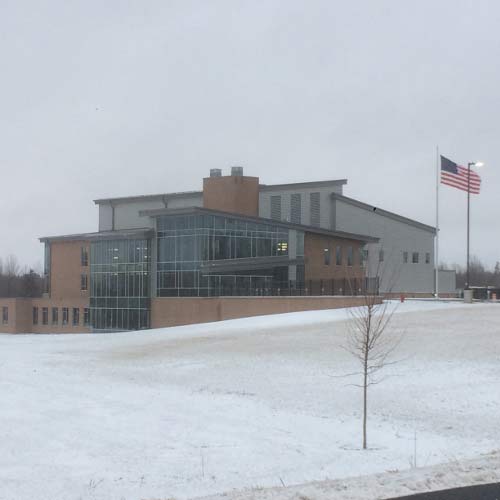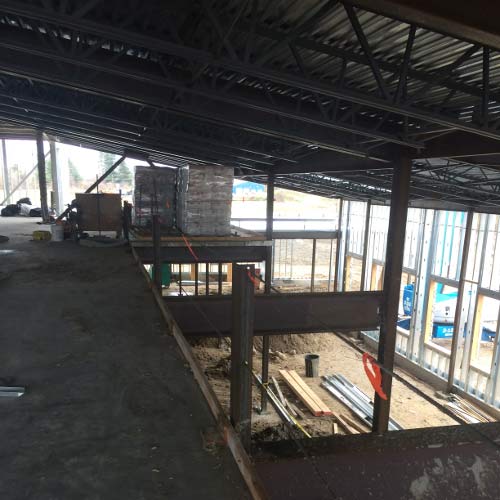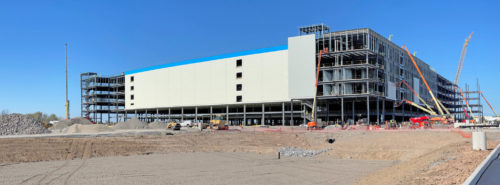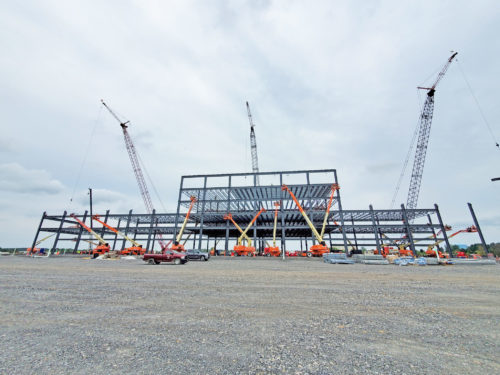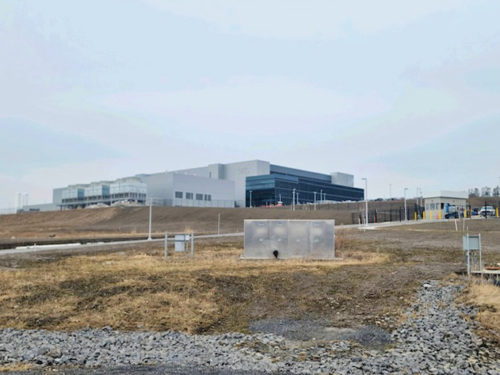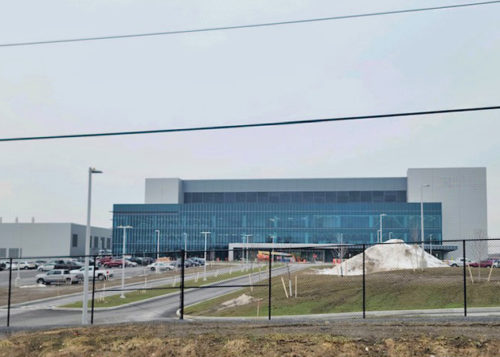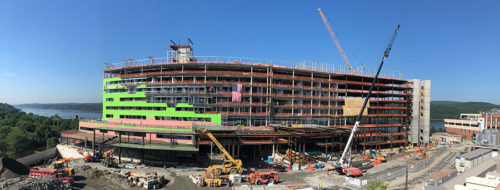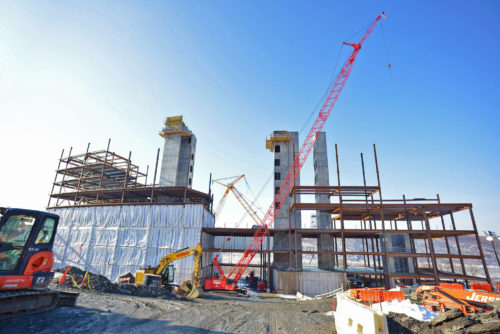Click the following link to view the PDF of this paper: Incidental Disturbances of Asbestos-Containing Material (ACM)
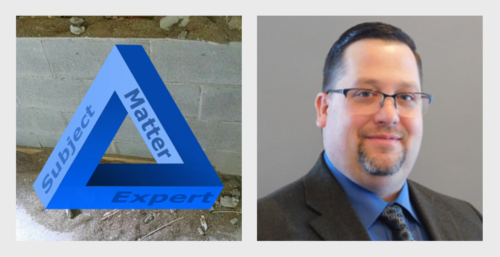
Andrew S. Amell
Senior Project Manager
Atlantic Testing Laboratories
Suspect or known asbestos-containing material (ACM) can be encountered in a disturbed condition or may be disturbed unintentionally during work activities. If an identified ACM could be disturbed during a project, appropriate engineering controls must be implemented for abatement of the ACM. New York State’s regulations for management of building materials that contain identified or presumed ACM are specified in the New York State Department of Labor (NYSDOL) Industrial Code Rule 56 (Part 56 of Title 12 of the Official Compilation of Codes, Rules and Regulations of the State of New York, cited as 12 NYCRR Part 56). 12 NYCRR Part 56 requires identification of ACM whenever all or parts of a building or structure will be demolished, renovated, remodeled, or repaired.
An incidental disturbance, as defined in 12 NYCRR Part 56, is the unintentional disturbance of ACM, presumed asbestos-containing material (PACM), or asbestos material. An incidental disturbance condition is characterized by ACM that is no longer intact and loose asbestos-containing debris is present, regardless of the cause or source of disturbance. Protocols described in 12 NYCRR Part 56-11.2 (Emergency Projects) must be followed upon discovery of an incidental disturbance that is an imminent danger to the health and safety of the public or an asbestos related risk to the health and safety of the public from the release of airborne asbestos fibers. Access to the affected area of concern (AOC) must be restricted to prevent the public from entering and accessing the AOC, and an assessment shall be conducted to determine the extent of the contamination. Additionally, the local NYSDOL Asbestos Control Bureau must be notified of the discovery and given the opportunity to request additional information of the occurrence and how it is going to be addressed.
An incidental disturbance assessment typically incorporates three primary components to document and determine the extent of the AOC. These components include a visual assessment, bulk sampling and analysis, and static air sampling and analysis. A visual assessment is always performed and, depending on the type and location of the disturbance, the bulk sampling and static air sampling may be subsequently performed. The visual assessment and bulk sampling must be conducted by a NYSDOL certified Asbestos Building Inspector, and the static air sampling must be conducted by a NYSDOL certified Air Sampling Technician. The process begins with the visual assessment to determine and delineate the discernible extent of the debris field within the AOC. Bulk samples of dust/debris can then be collected at different horizontal surface locations. These are often impacted floor surfaces where bulk debris samples will be collected in different directions, to confirm or further evaluate the extent of the AOC via analytical data. These bulk sample locations are typically positioned in cardinal directions outward (i.e., North, South, etc.) from the impacted areas. In some cases, bulk samples are collected at elevated surfaces to determine if the height of a required cleanup area can be limited. Bulk samples may also be collected at doorways/openings. This can achieve confinement of an AOC to a certain room or space that can be easily enclosed without the need for construction of temporary barriers. Finally, depending on the location and occupancy status of the building, static air samples are collected within and/or adjacent to the AOC to evaluate the potential for airborne contamination.
The data collected during an incidental disturbance assessment is used to determine the square footage of the area where presumed asbestos contamination will be addressed, in addition to any repair or removal required for the ACM that was the source of the contamination. Currently, 12 NYCRR Part 56-11.2 (Emergency Projects) provides corrective actions for the clean-up of an incidental disturbance of less than 10 square feet. Incidental disturbances identified with an area of 10 square feet or greater must be addressed via a NYSDOL approved Site-Specific Variance (SSV) to detail the procedures of the clean-up. The NYSDOL SSV must be prepared and submitted by a NYSDOL certified Asbestos Project Designer.
If you encountered a disturbed condition that may contain identified or presumed ACM, or if you have a project that requires asbestos surveys, design, or project monitoring, ATL, a WBE certified company, offers a wide variety of environmental consulting services that can assist with regulatory compliance. For more information, contact Andrew Amell, at 315-699-5281, info@atlantictesting.com, or visit AtlanticTesting.com.
|
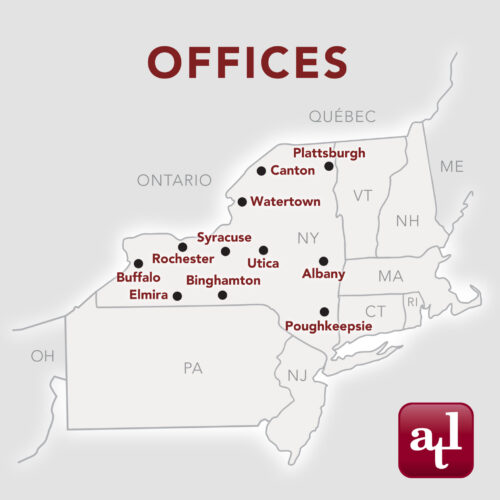 |

